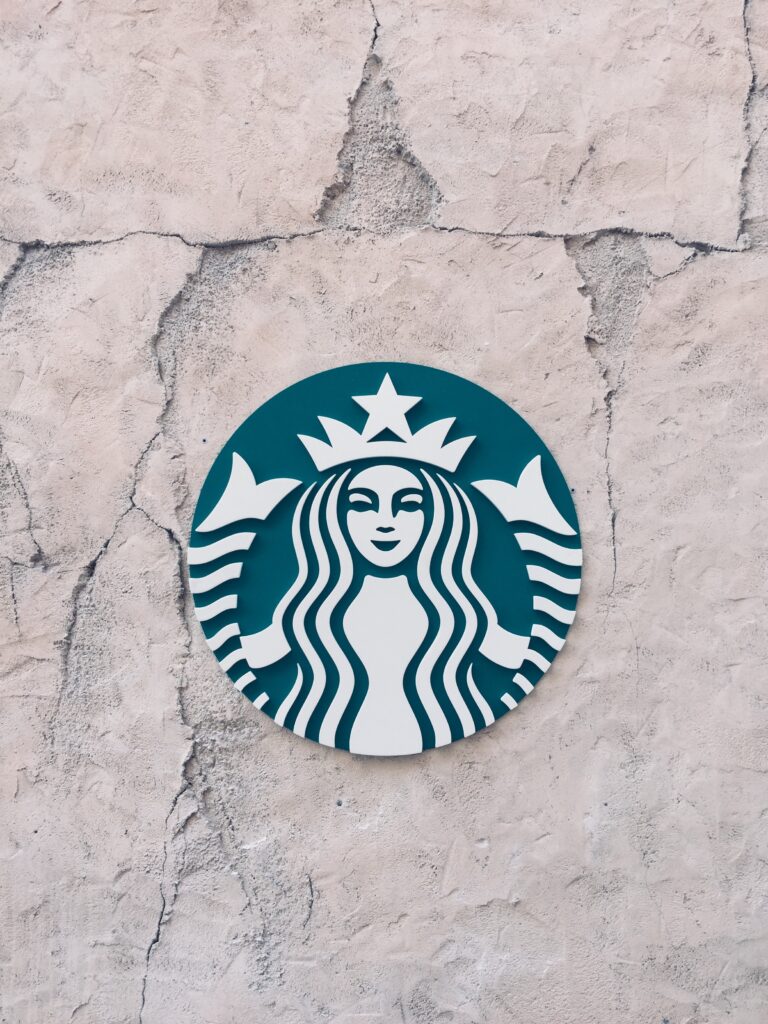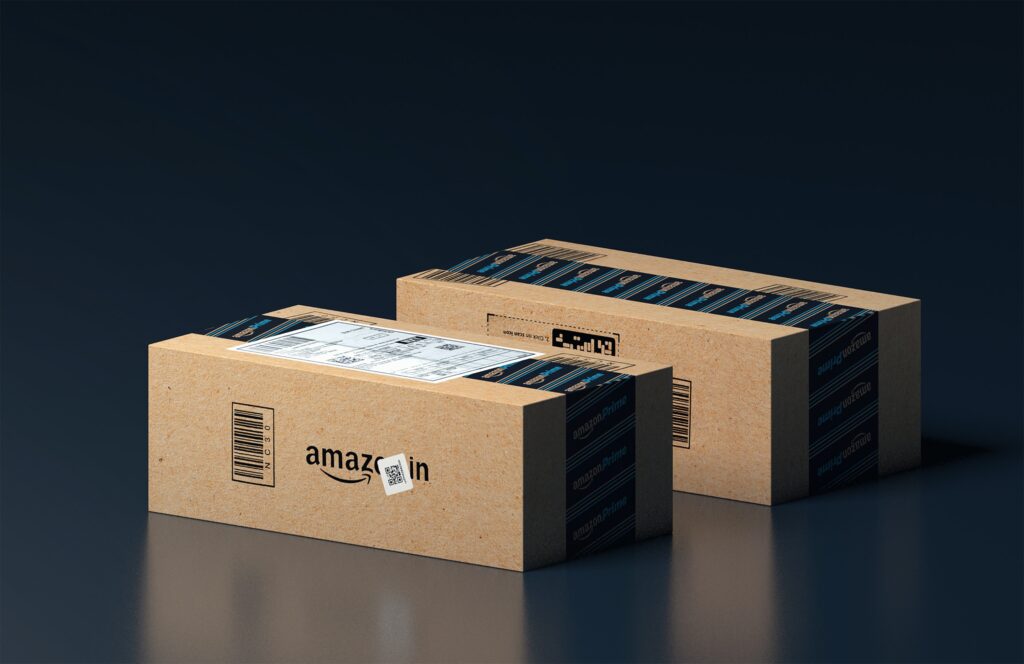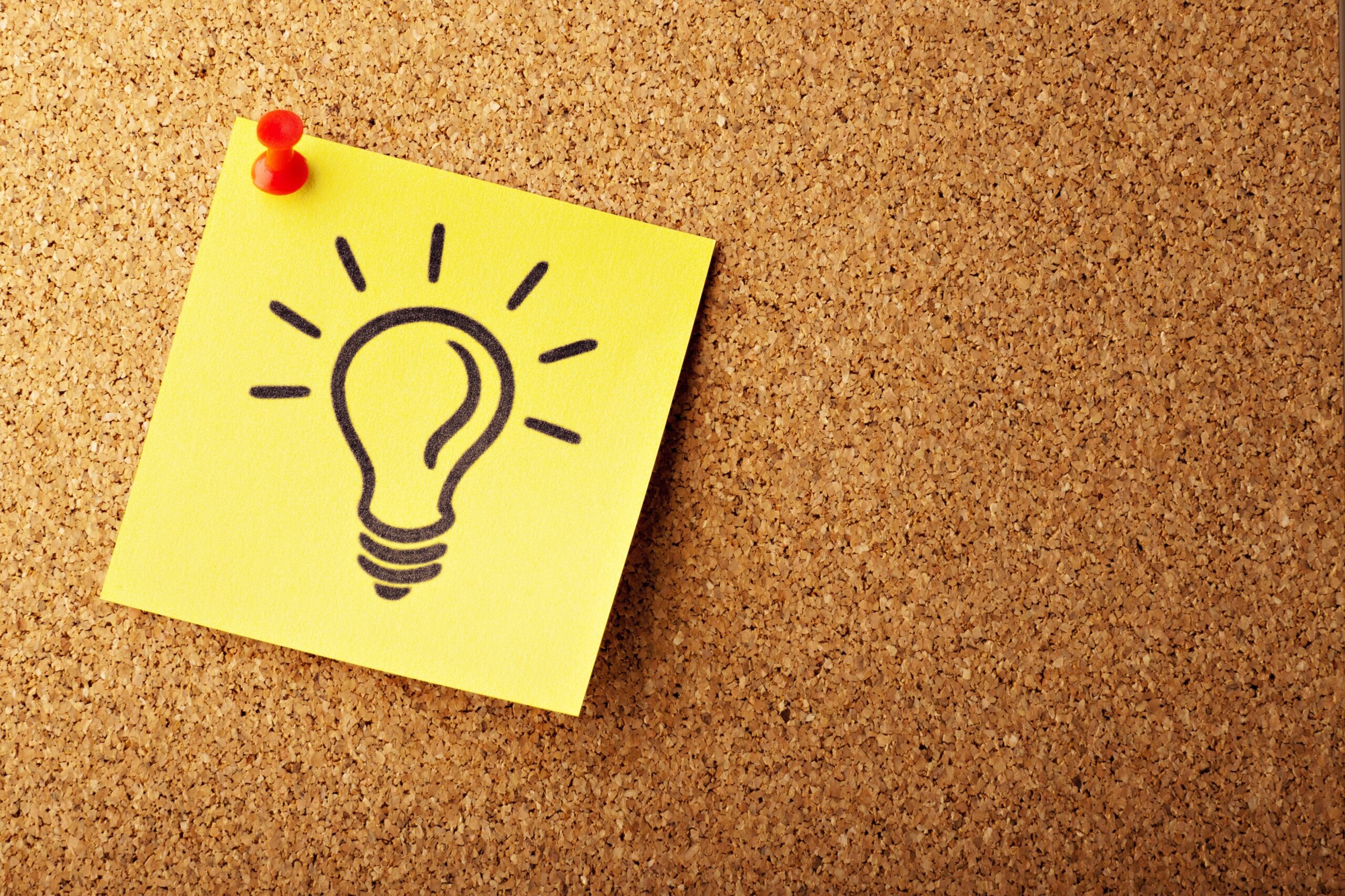In an ever-competitive marketplace, businesses grapple with a multitude of challenges—acquiring new customers, staying ahead of competitors, and innovating, to name a few. However, there’s one area that holds exceptional promise yet is often overlooked: brand loyalty. This all-important concept goes beyond mere customer satisfaction and taps into an emotional connection that can result in a customer choosing your brand over others, repeatedly. It’s the psychological glue that turns one-time purchasers into long-standing patrons and vocal advocates of your brand.
Understanding why customers stick around isn’t just a warm and fuzzy notion; it’s crucial for the financial sustainability of your business. Loyal customers are easier to market to, less price-sensitive, and can become effective mouthpieces for your brand, recommending your products or services to new potential customers.
So, what fosters this elusive loyalty? How do companies go from merely ‘making a sale’ to creating lifelong fans? This article aims to demystify the elements that constitute brand loyalty, explain why it’s indispensable for businesses, and provide actionable strategies for cultivating it. Whether you’re a business owner, a marketer, or anyone interested in building a brand that endures, this deep dive into brand loyalty is for you.

The Psychology of Loyalty
Loyalty is not a term to be bandied about lightly; it is deeply ingrained in human psychology and behavioural patterns. Several factors combine to foster an emotional and psychological connection between a customer and a brand, and understanding these can offer profound insights into customer retention.
Trust
Firstly, let’s talk about trust. In a world saturated with options, consumers are bombarded with brands vying for their attention. However, once a brand has proven its reliability, customers feel a sense of security in their choice. Trust is built on a foundation of consistent quality, transparent business practices, and reliable customer service. In fact, research suggests that consumers are willing to pay more for a product if they trust the brand.
Emotional Connection
An emotional connection with a brand often goes beyond the product or service offered. It taps into a consumer’s self-image and personal values. For instance, brands that take a stand on social issues or are associated with certain lifestyles can cultivate an emotional bond with like-minded individuals. Emotional connections can also be fostered through storytelling; compelling narratives about a brand’s origin or mission can deepen the relationship between consumer and brand.
Cognitive Dissonance
Finally, there’s cognitive dissonance—essentially, the tension that arises when one holds conflicting beliefs or attitudes. In the context of brand loyalty, once a consumer has made an investment in a particular brand, either emotionally or financially, they’re more likely to rationalise that choice and stick with it. Switching to another brand would create a psychological discomfort, making the consumer more inclined to stay loyal to their original choice.
The Economics of Loyalty
Understanding the psychology of brand loyalty is crucial, but equally important is comprehending its economic implications. If you think loyal customers are just a ‘nice-to-have’, think again. Their impact on your business’ bottom line can be transformative.
Customer Lifetime Value (CLV)
Perhaps one of the most salient economic metrics that captures the essence of brand loyalty is Customer Lifetime Value (CLV). This measures the total value a customer brings to your business over the entire course of their relationship with you. Loyal customers don’t just make one-off purchases; they come back repeatedly, increasing their CLV and thereby, your overall revenue.
Lower Cost of Customer Acquisition
Another economic advantage of having loyal customers is the reduction in customer acquisition costs. Attracting a new customer can be up to five times more expensive than retaining an existing one, according to various studies. Loyal customers not only cut down this cost but also become brand advocates who organically attract new customers through word-of-mouth, thereby further reducing your marketing spend.
Word-of-Mouth Marketing
Don’t underestimate the power of a good recommendation. Loyal customers often become evangelists for the brands they love. Whether it’s through social media, reviews, or good old-fashioned conversations, these recommendations are incredibly valuable. Not only are they free, but they are also trusted more than any form of paid advertising, thus giving you greater return on investment.

Measuring Brand Loyalty
While understanding the psychological and economic factors of brand loyalty is pivotal, knowing how to measure this loyalty is equally crucial. After all, what gets measured gets managed. Here are some key metrics and methods to help you gauge the strength of your customer loyalty.
Net Promoter Score (NPS)
Net Promoter Score, or NPS, is one of the most widely-used metrics for assessing customer loyalty. This simple survey asks customers how likely they are to recommend your product or service on a scale of 0 to 10. Those who score 9 or 10 are considered ‘Promoters’, while those who score 0 to 6 are ‘Detractors’. The NPS is calculated by subtracting the percentage of Detractors from the percentage of Promoters. A high NPS indicates strong customer loyalty, whilst a low score suggests room for improvement.
Customer Retention Rate
Customer Retention Rate measures the percentage of customers you’ve managed to keep over a specific time period, excluding any new customers. High retention rates are often a reliable indicator of customer satisfaction and, by extension, loyalty. A low retention rate, conversely, could be a red flag, signalling that something is amiss in how your brand is engaging with its customers.
Customer Satisfaction Index (CSI)
The Customer Satisfaction Index (CSI) is another effective measure. This quantifies customer satisfaction by surveying customers on various aspects of their experience with your brand. Questions may range from product quality to customer service. The results offer valuable insights into what you’re doing right and where there may be opportunities for improvement.
Key Ingredients to Building Brand Loyalty
Having established why brand loyalty is vital and how to measure it, we now turn our attention to the cornerstone of our discussion: what actually goes into building brand loyalty? While there’s no one-size-fits-all formula, certain elements are universally effective in cultivating a loyal customer base.
Quality of Product/Service
It goes without saying that the quality of your product or service is paramount. You can’t expect customer loyalty if your offering isn’t up to scratch. Quality not only pertains to the efficacy or functionality of a product but also to the entire customer experience, from initial contact to after-sales service.
Customer Service
Second only to the product itself, customer service can make or break a customer’s loyalty to a brand. Exceptional customer service doesn’t just resolve issues; it turns a potentially negative experience into a positive one. Companies that excel in customer service understand its value as a loyalty-building touchpoint.
Consistency
Customers value consistency; they want to know that the product or service they love will remain the same (or improve) over time. Any significant deviation in quality, messaging, or customer experience can lead to a breakdown in trust and, subsequently, loyalty.
Personalisation
In an age of information overload, personalisation is more important than ever. Whether it’s through tailored recommendations, individualised offers, or personalised communication, showing customers that you understand and value them can significantly elevate their loyalty towards your brand.
Strategies to Enhance Loyalty
You’ve got the key ingredients, you’ve measured where you stand, and you understand why it’s important. The question now is, how do you mix all these together into a strategy that’s effective in fostering customer loyalty? Here are some actionable tactics that can serve as building blocks for your brand loyalty programme.
Loyalty Programmes
Rewards programmes and loyalty schemes are among the most straightforward methods for encouraging repeat purchases. Offering points, discounts, or exclusive offers for frequent purchases not only incentivises customers to return but also increases their lifetime value. However, these programmes must offer real value and be easily accessible to truly be effective.
Community Building
In an increasingly digital world, creating a sense of community around your brand can be a powerful strategy. Online forums, social media groups, or even in-person events can help create a space where customers can interact with each other and the brand. These communities often serve as organic platforms for customer testimonials and recommendations.
Transparency and Trust
In a climate where consumers are increasingly concerned about ethics and transparency, being open about your business practices can earn you significant loyalty points. Whether it’s sustainability efforts, ethical sourcing, or just honest communication during a crisis, transparency fosters trust, and trust fosters loyalty.
Case Studies – Learning from the Best
Theory and strategy offer valuable insights, but there’s nothing quite like seeing these principles in action. In this section, we’ll explore brands that have successfully managed to build and maintain a loyal customer base.

Starbucks: Rewards Done Right
Starbucks offers an exemplary case of a loyalty programme that’s more than just transactional. Their mobile app allows customers to earn points, redeem rewards, and even order ahead. But beyond the points, Starbucks creates an atmosphere and an emotional connection that makes customers want to come back.
Patagonia: Ethical Loyalty
Patagonia stands as a testament to the loyalty-building power of corporate social responsibility. Their commitment to ethical sourcing and sustainability resonates deeply with their customer base, who are willing to pay a premium for products that align with their values. By being transparent and responsible, Patagonia has fostered intense loyalty.

Amazon Prime: Above and Beyond Service
Amazon Prime is more than just expedited shipping; it’s a full suite of benefits, including streaming services, exclusive deals, and more. The sheer value offered through Prime has not only attracted a massive loyal following but also significantly increased average spend per customer.
Conclusion: The Future of Brand Loyalty – Adapting to Change
As with many other aspects of business and society, brand loyalty is not static; it’s continually evolving. With the advent of new technologies and shifting consumer attitudes, the strategies for building and maintaining brand loyalty need to adapt. We’ll briefly examine the emerging trends that are poised to redefine the future landscape of brand loyalty.
The Rise of Data Analytics
Data analytics is increasingly allowing businesses to understand their customers on a granular level. With this data, brands can offer more personalised experiences and services, elevating customer satisfaction and, subsequently, loyalty.
Social Responsibility
Social and environmental responsibility is no longer a nice-to-have but a must-have in many consumers’ eyes. Brands that are proactive in these areas not only stand to gain positive publicity but also foster deeper emotional connections with their customers, enhancing loyalty.
The Role of AI and Machine Learning
Artificial intelligence and machine learning offer exciting prospects for enhancing customer engagement. Whether it’s through personalised recommendations, intelligent customer service bots, or predictive analytics, these technologies are set to revolutionise how businesses interact with customers, offering new avenues for building loyalty.
Consumer Expectations are Changing
Today’s consumers, particularly younger generations, expect brands to be more than just product or service providers. They want brands to stand for something and offer experiences, not just transactions. Meeting these evolving expectations is crucial for long-term loyalty.




